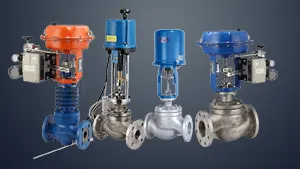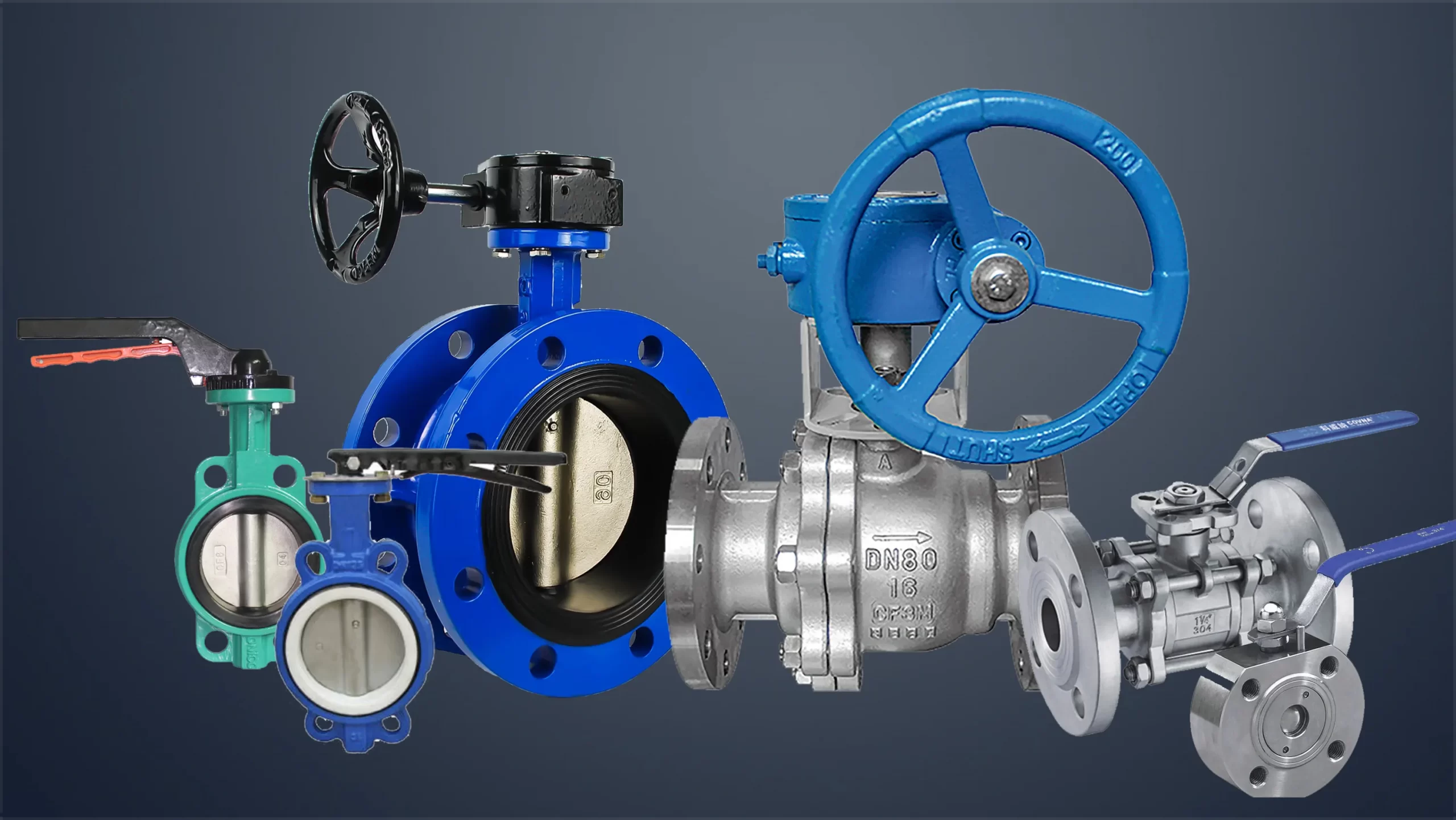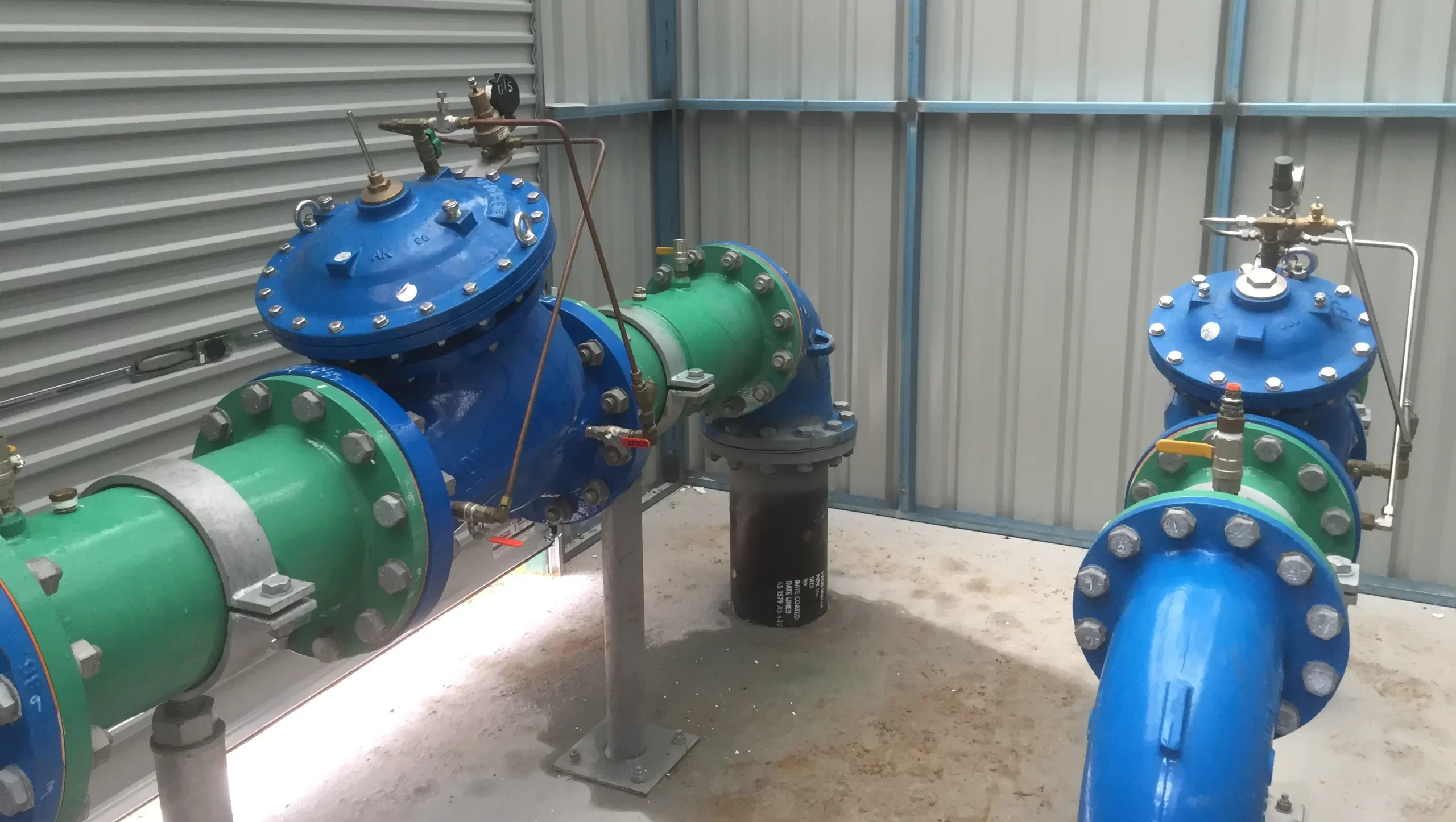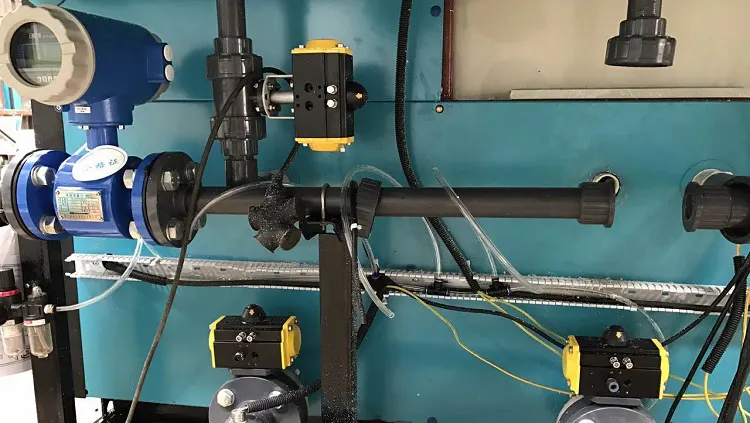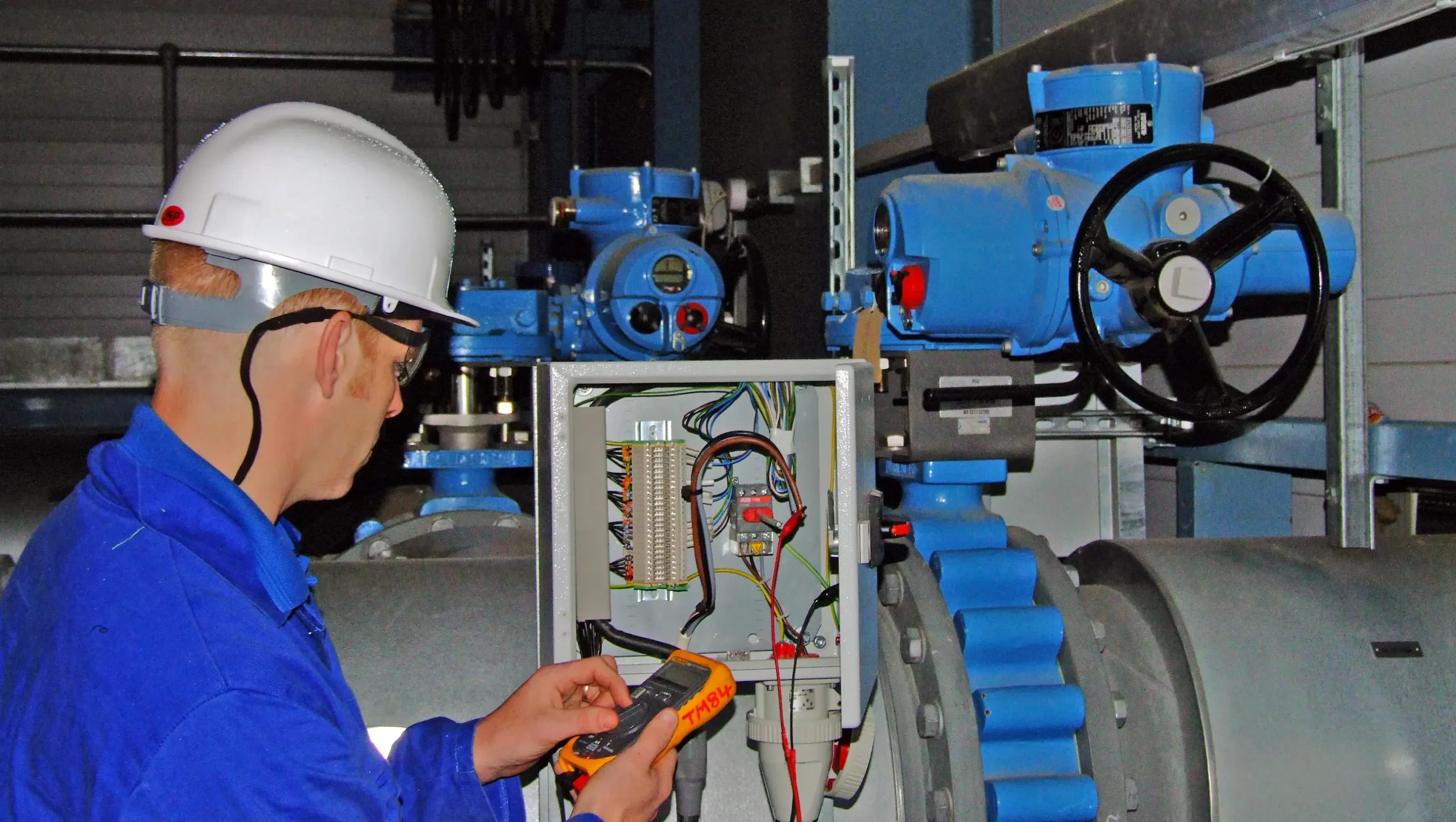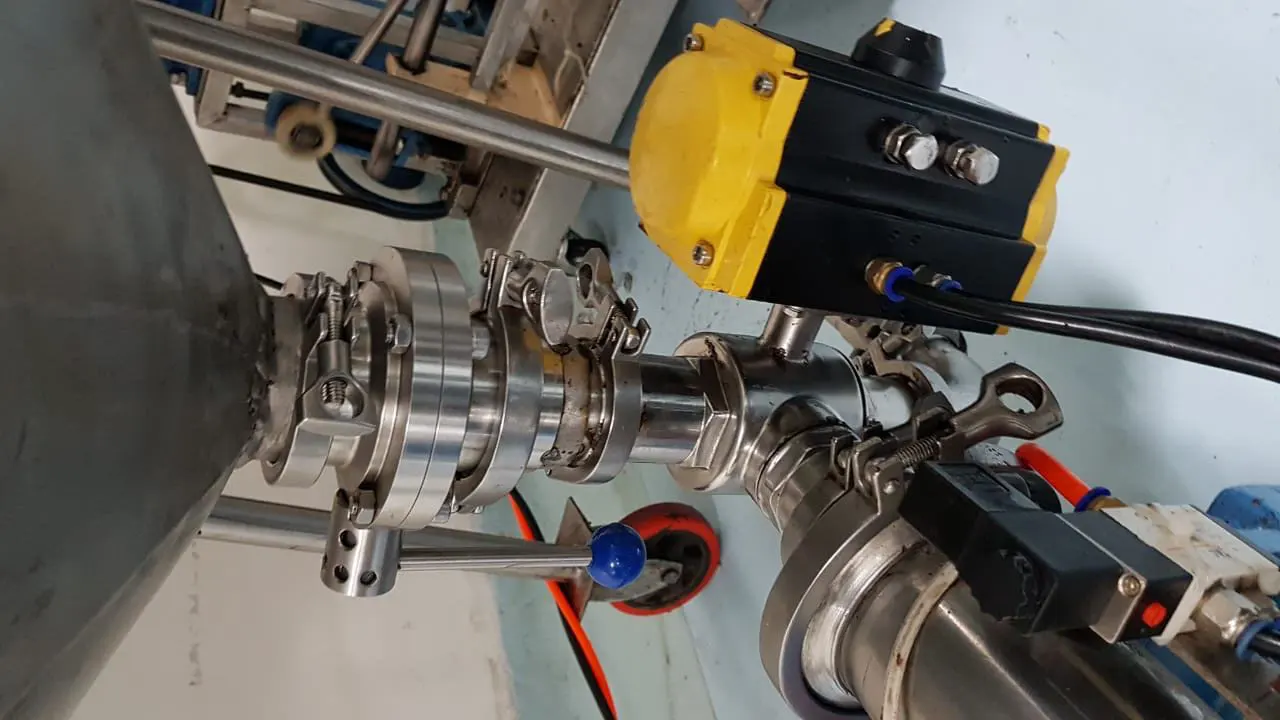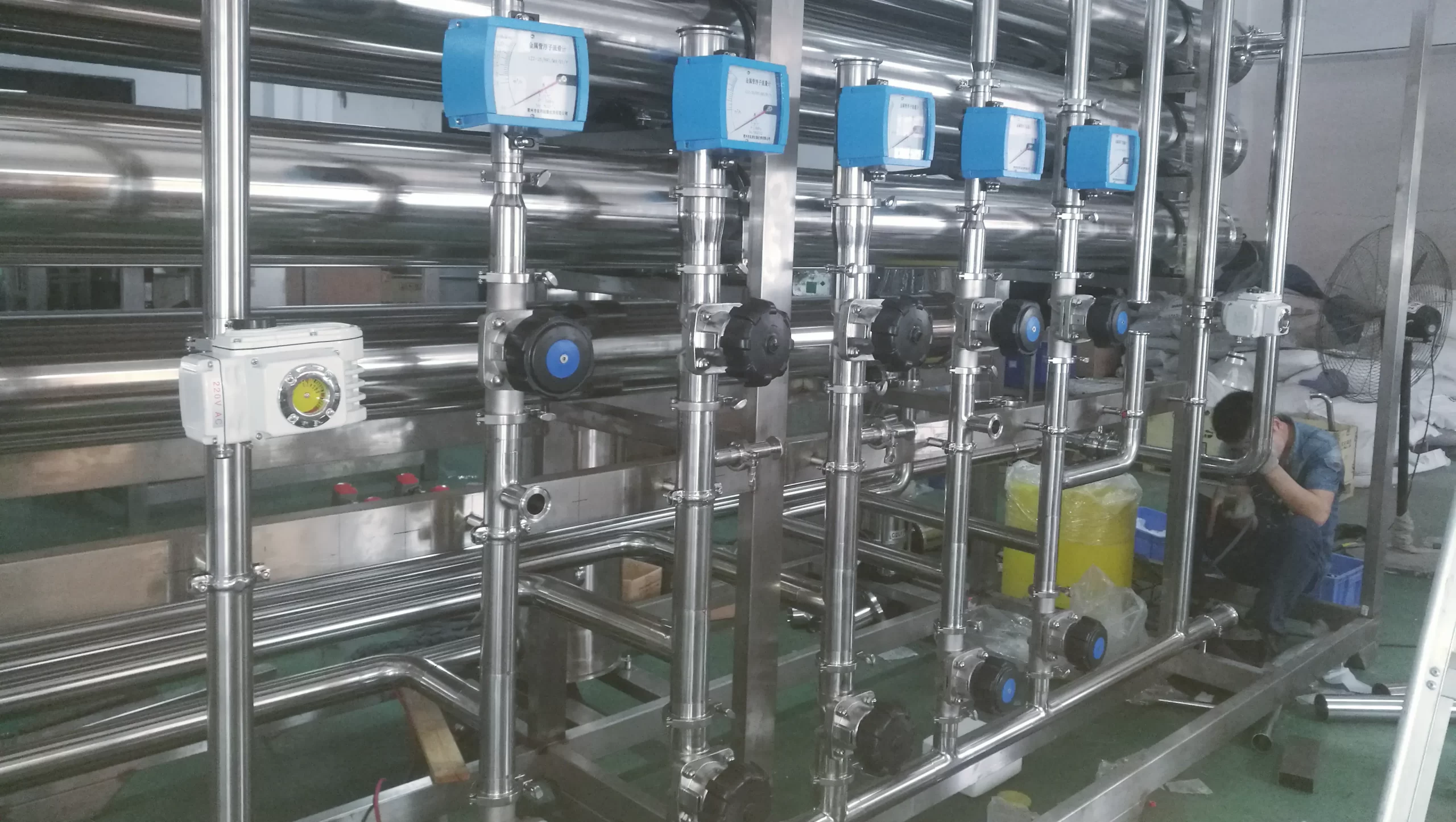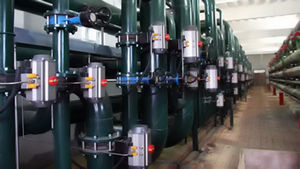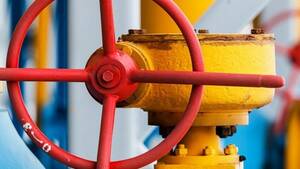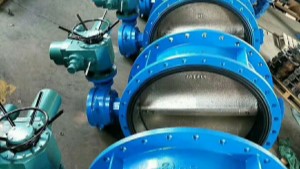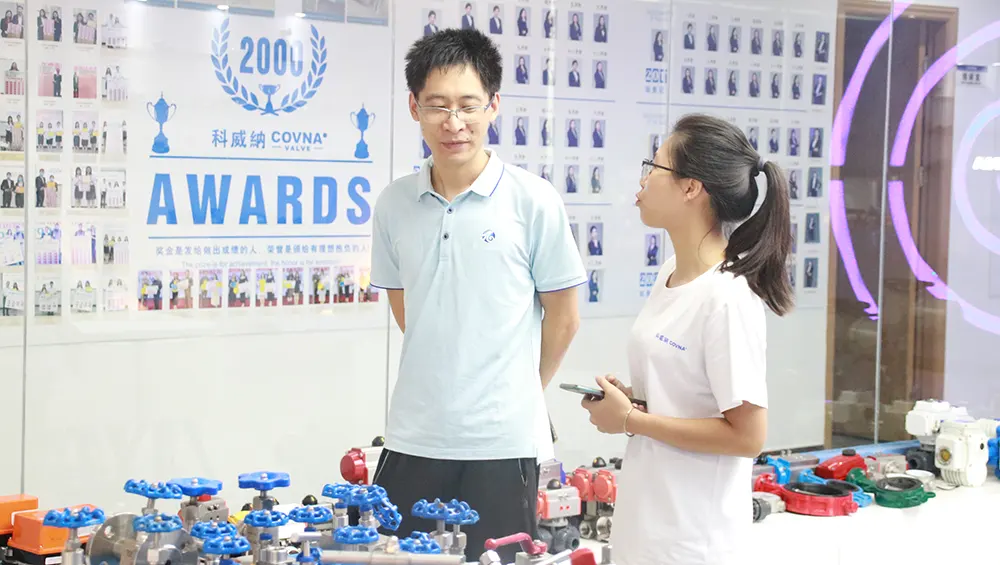The hydraulic device is a driving device that uses hydraulic pressure to open and close or adjust the valve.
It is composed of three parts: control, power and executive agencies. The control part is composed of pressure control valve, flow control valve, direction control valve, etc. and electrical control system. The power part is composed of electric or pneumatic motors, hydraulic pumps, oil tanks, etc. It converts the effective power on the rotating shaft of the electric or pneumatic motors into fluid pressure energy for hydraulic transmission. There are two types of actuators, one is hydraulic cylinder actuator, which realizes reciprocating linear motion; the other is hydraulic motor actuator, which realizes rotary motion.
Disadvantages:
- The oil temperature is greatly affected by the ambient temperature, and the oil temperature changes cause the oil viscosity to change, which affects the operation;
The piping is troublesome and easy to leak; - It is not suitable for situations where various operations (such as signal amplification, memory, logical judgment, etc.) are generated on the signal.
Advantage:
- The structure is simple, compact and small;
- Smooth and reliable transmission;
- A large output torque can be obtained;
- The output torque can be accurately adjusted through the constant pressure relief valve, including the adjustment of the opening and closing torque, and can even be directly reflected by the hydraulic instrument;
- Easy speed adjustment; In the event of sudden power loss in an accident, the accumulator can still be used for one or several power operations.
- This is of special significance for automatic emergency shut-off valves and wellhead blowout valves for long-distance pipelines.
--- END ---




